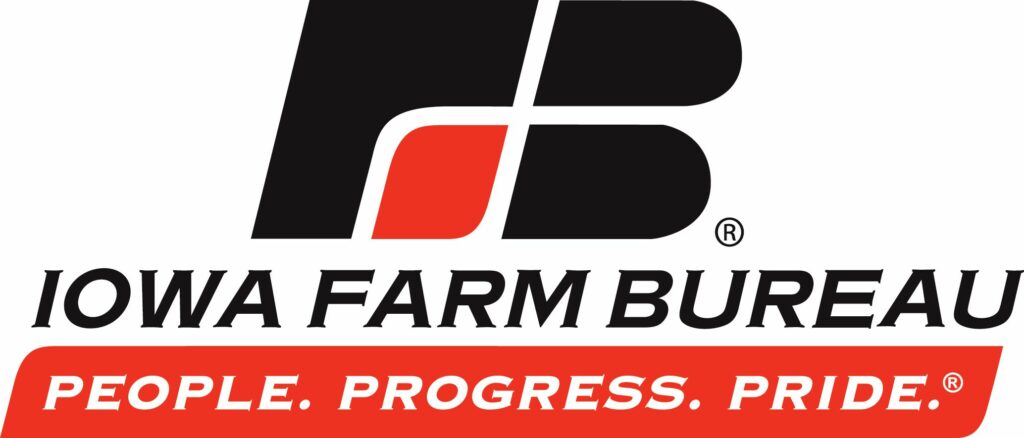Economists: Bank failures could affect Fed’s decision to continue rate increases
Greater diversification of Iowa banks' portfolios makes them less likely to fail

The failures of Silicon Valley Bank and Signature Bank of New York could influence the Federal Reserve’s decision to continue increasing interest rates with the release of a new inflation report out today, economists said.
On Friday and Sunday, respectively, federal regulators took over Silicon Valley Bank, headquartered in Santa Clara, Calif., and Signature Bank in New York.
A week ago, Silicon Valley was the 16th-largest bank in the U.S. and was considered a good source of funding for tech startups and venture capital firms, according to news reports. The bank was a subsidiary of SVB Financial Group, whose holdings included U.S. Treasurys and government-backed mortgage security assets.
The value of Silicon Valley Bank’s assets dropped dramatically when the Federal Reserve began aggressively raising interest rates. News that the bank was trying to raise capital sparked a run on the bank, leading to the second-largest failure of a financial institution in U.S. history.
Signature was a commercial bank with nearly a quarter of its deposits from the cryptocurrency sector, according to Reuters.
Federal regulators have said all deposits, both insured and uninsured, in the two failed banks will be returned to depositors.

Anne Villamil, a professor of economics at the University of Iowa, said one thing to watch in the coming weeks is how the bank failures affect the Federal Reserve’s decision to continue raising interest rates to bring down inflation.
“This complicates it, there’s no question,” Villamil said. “The Fed has been increasing interest rates in order to slow the economy down. It’s this increase in interest rates that caused a decrease in the value of Silicon Valley Bank’s assets.”
Many of those assets were long-dated U.S. Treasury bonds, which while default-free are subject to interest rate risks, she said.
“The increase in interest rates did have an effect on some banks’ portfolios, in particular Silicon Valley’s because of the special nature of what it does, which does not look like most banks, especially Iowa banks,” Villamil said.
A new inflation report was released today showing inflation had fallen to 6%, down from 6.4% in February.
It has been expected that the Federal Reserve could increase interest rates by 0.50 points later this month, but Villamil said the Fed could “weigh and trade off the value of raising interest rates to control inflation versus concerns about stability in the banking system.”

Peter Orazem, an economics professor at Iowa State University, said the question of whether the Federal Reserve is nervous about the stability of the banking system is worth watching.
“If the takeaway from financial regulators is that rising interest rates is causing financial fragility of banks that are holding government treasuries that are dropping in value, and if bank’s are going to have to liquidate their holdings, which is what Silicon Valley Bank was running into, then that’s going to potentially cause additional banks to face possible bankruptcy going forward,” Orazem said.
Another issue revolves around the $250,000 limit for the amount covered by the FDIC.
Villamil said most banks in Iowa have about two-thirds of their deposits fully insured under FDIC. By comparison, only about 10% of deposits at Silicon Valley Bank were fully insured.
“So that’s a key difference between Silicon Valley Bank and Iowa banks,” she said.
Villamil said Silicon Valley Bank’s customers were primarily startups, tech firms and venture capitalists.
“So when venture capitalism boomed in 2020, they raised a lot of capital and a lot of that was parked as deposits at Silicon Valley Bank,” she said.
Those deposits generally exceeded the $250,000 FDIC insurance level, Villamil said.
During that same time, the bank bought U.S. Treasury bonds, which are subject to interest rate risk, so when interest rates rose as the Fed worked to drive down inflation, the value of the bonds fell, she said.
As deposits started to be withdrawn, the bank had to sell some of the bonds at discounted rates, Villamil said.
“And that is a very different situation than what is happening at Iowa banks,” she said.
Orazem said another factor to consider is the narrow portfolios of the failed banks.
“Most banks are going to be much more diversified in terms of their revenue sources so they’re not going to be as exposed to the problems related to one sector, and I think that’s one of the things people will be looking at going forward,” he said.
Orazem said the presumption is that the Silicon Valley Bank and Signature Bank situations are “one-offs,” and that most banks are able to manage their portfolios in a more diversified manner.
“So they’re not as exposed to interest rate risk, or the possibility of bank runs, so we’re not going to have a sudden issue of potential contagion that goes on,” Orazem said.
He said Iowa banks learned during the farm crisis of the 1980s not to be overly exposed to any one sector.
“So even some of our small-town or rural banks try to come up with ways of trying to have themselves not as exposed to risks associated with agriculture,” Orazem said.
Both Orazem and Villamil said there were no comparisons of the Silicon Valley Bank scenario to the economic crisis of 2008-09.
“Then, you basically had a lot of bad decision-making related to funding the housing market and mortgage-backed securities,” Orazem said. “That was a major financial shortfall related to a lot of bad banking decisions.”
Most people in the banking industry have not experienced high inflation in their career, so they have never had to worry about interest rate risk and liquidating long-term assets for a fraction of their previous cost, he said.
“Taking those capital losses is not an easy thing for a bank to absorb,” Orazem said. “But I don’t think we have as many banks in the same boat as Silicon Valley Bank.”
Villamil said actions taken by the federal government and the FDIC should allay public fear, but may not dissuade some people from moving their money out of a smaller community or regional bank to a larger, more highly regulated bank, feeling their money will be safer. If that should happen on a broader scale it could destabilize the banking system, she said.
She said people should check with their bank if they have questions and share their concerns.
Villamil emphasized that for most people and businesses in Iowa, “there’s absolutely no reason to panic.”
“What’s happening at Silicon Valley Bank is just an unusual situation,” she said.

Michael Crumb
Michael Crumb is a senior staff writer at Business Record. He covers real estate and development and transportation.










